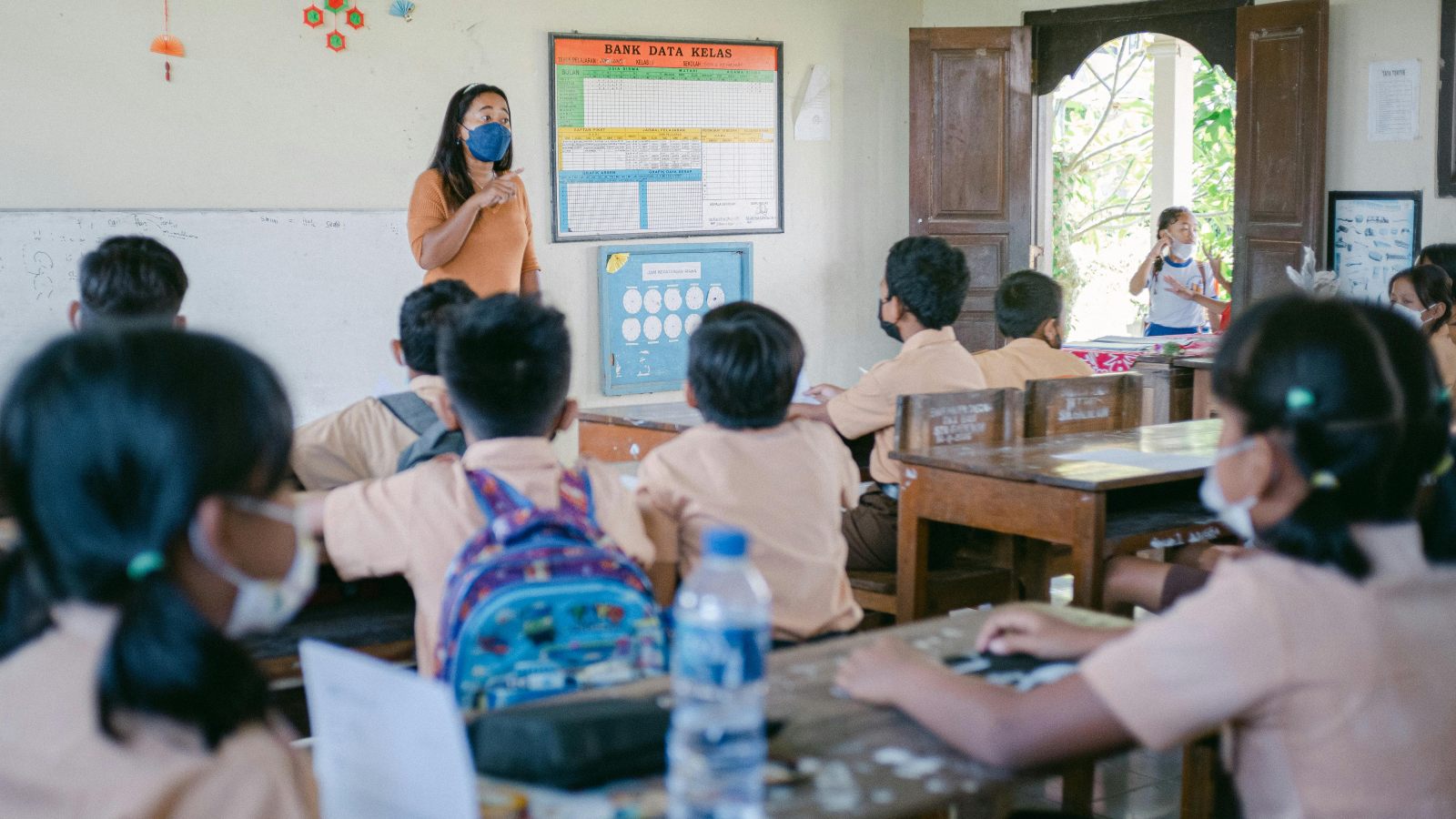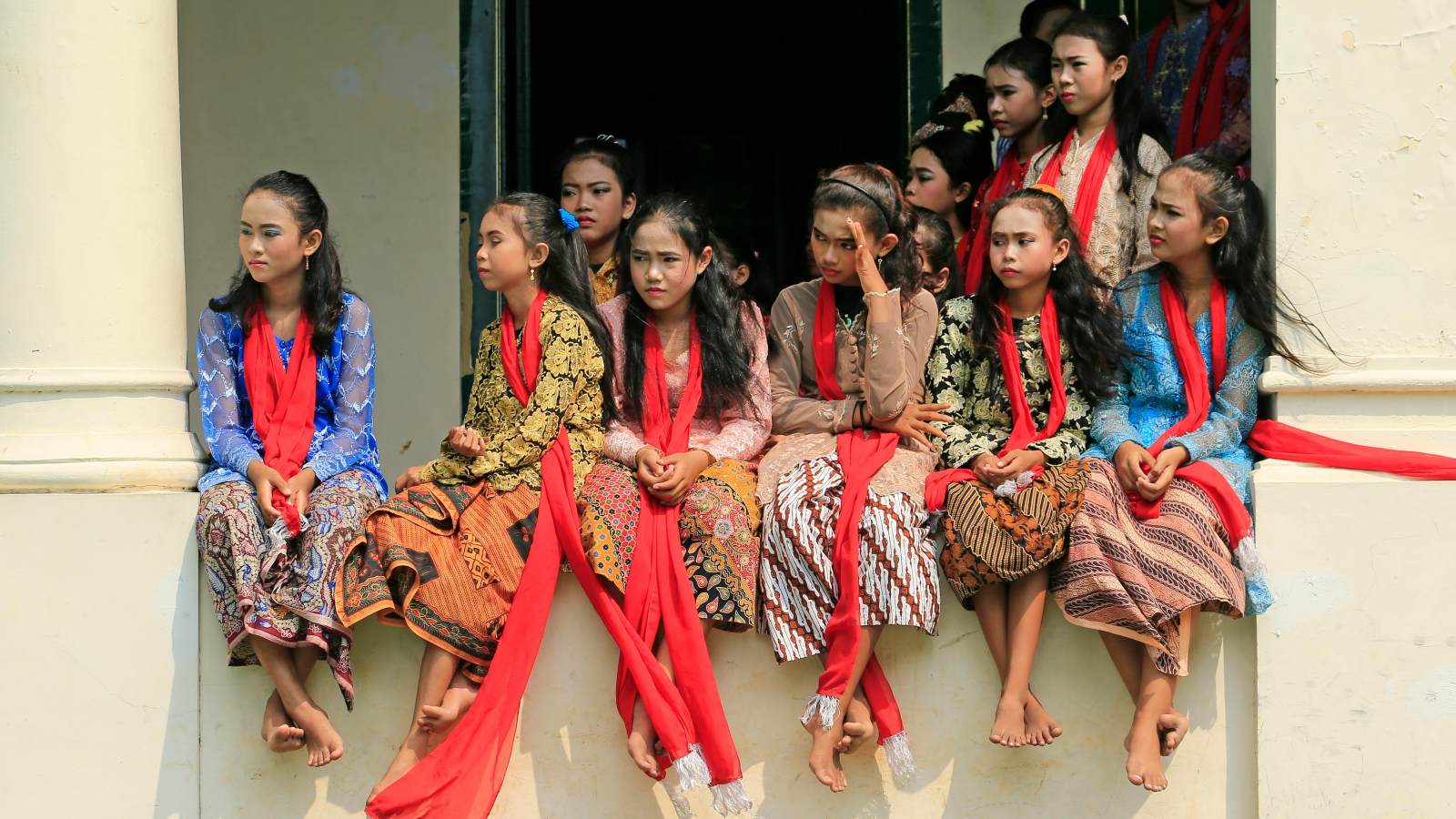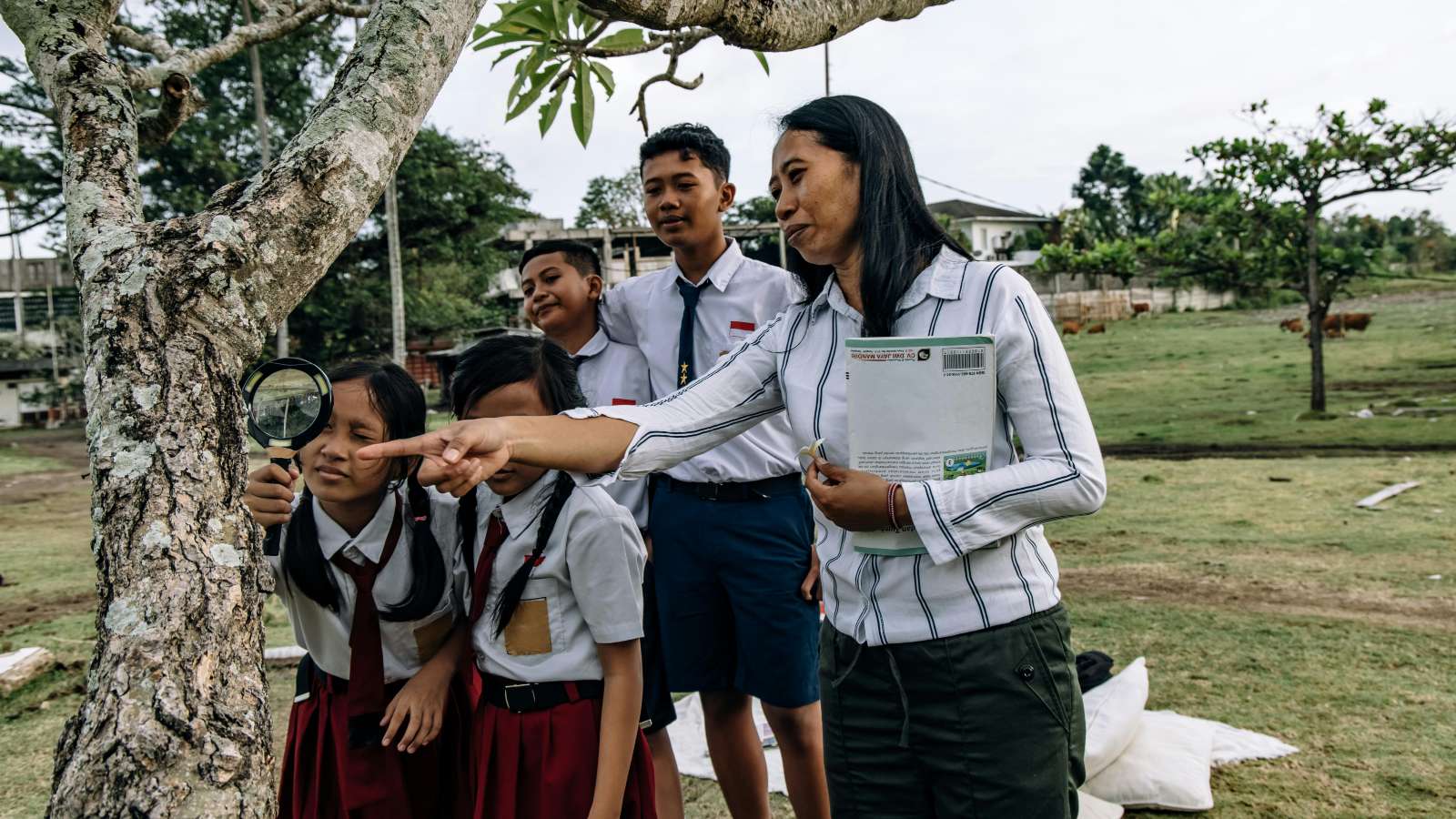
Why Translation in Education Is Vital for Indonesia's Multilingual Classrooms
A language barrier is a struggle everyone faces, in one way or another, but it is more prevalent in the education industry. How so? Especially in a language-rich country like Indonesia, a large number of students are not taught in their first language, which is usually their local language. For example, a student raised in a Javanese-speaking household would speak Javanese as their first language, Indonesian as their second. However, for the sake of levelling, Indonesian schools often teach in the Indonesian language instead.
This not only affects the students and teachers, but also the parents. What if the parents do not speak Indonesian fluently enough to be able to help their children with their learning? That is only the tip of the iceberg. This is why translation in education is vital for Indonesia’s multilingual classrooms—for inclusivity, a better understanding, and higher success in teaching and learning.
This article explores the reasons why translation in education is crucial in Indonesia and how it positively affects all parties within the vast education landscape.
Local Languages vs. National Language

As one of the most linguistically diverse countries in the world, Indonesia has over 700 local languages. People from Bali would not understand people from Jakarta if the Indonesian language did not exist—that is how different each local language is. Though teaching and learning in Indonesian is the norm for schools in bigger cities, the same cannot be stated for schools in rural cities.
The majority of kids and students in rural areas only speak their local languages, and they speak little Indonesian. With over 250,000 schools across Indonesia, 25% of those are located in rural areas. This large number also comes with learning and teaching difficulties if translation in education is not present. In this case, translation in education bridges the gap between the central learning curriculum and the students’ understanding, increasing education quality, especially for those in the rural areas of Indonesia.
Other than bridging the gap, translation in education helps with increasing inclusivity for all students across Indonesia. It makes learning and teaching accessible for everyone who speaks any language, which is highly beneficial for both the individual and the country’s future. Not only does it improve literacy, but it also increases academic confidence, producing more educated people from all backgrounds.
More Opportunities
In today’s digital era, knowledge comes from more than textbooks—it comes from various places across the globe, such as papers, courses, bootcamps, etc. However, for many students in Indonesia, the classroom is their primary source of knowledge. Add the Internet to the mix, and when used properly, they should be rich in knowledge that will be beneficial for their future. Unfortunately, that is not always the case.
In short, the root cause of the issue is a lack of high-quality teachers and curriculum. Most teachers in Indonesia act more like score evaluators rather than teachers, where they should be fostering room for discussion. A lack of resources, such as books, can be a factor in this issue. Therefore, providing teachers and students with well-translated educational materials can help them explore diverse perspectives and engage in fruitful discussions about materials they would not normally consume. In the long run, this fosters critical thinking and global exposure, which opens them to more opportunities, both in Indonesia and internationally.
Read Also: Voice-Over Localization in Malaysia: Navigating Registers, Dialects, and Cultural Nuances
Better Teachers, Better Students

Teachers do not always mean people who teach students in classrooms. "Teachers" can also mean parents or a parental figure who help students learn outside the classroom. In the classroom, however, many teachers still struggle with effective teaching due to limitations in resources, such as inadequate textbooks and classroom facilities, as well as the lack of teaching skills in utilising tools to increase student engagement.
On the other hand, some parents also struggle to help their children with their studies, due to a language barrier with the study materials. This, combined with some teachers also not speaking both languages fluently, can lead to low student engagement and hence lower understanding. This is where translation in education comes in—with well-translated modules, guides, and even digital platforms, teachers and parents can do their lessons more effectively and ensure the students fully understand what is being taught.
Cultural Exposure

Considering the large number of students in the Indonesian education system, it would be highly beneficial for them to have a diverse cultural exposure from an early age. This exposure will help the students grow their empathy, be more open-minded in an otherwise close-minded society, gain a better understanding of differences and diversity, among many other benefits. Eventually, this will help the students be more internationally competitive in this globalized world.
One step that will help achieve said goal is through translation in education. Not only does it enrich the students’ knowledge of other cultures, but it also helps with building strong and diverse communication styles with people from different cultures and norms, which is becoming a crucial and necessary skill in today’s growing world.
Read Also: Freelance Translation Jobs: How to Stand Out in a Competitive Market
Regional Development
Indonesia is the world's largest archipelago, home to over 17,000 islands. This great beauty, however, comes with great difficulty in ensuring accessible and equal education to every student across the country. In the rural areas, there are far fewer schools, often causing students to drop out. While the government is implementing programs, such as the 12-year compulsory education program, to help increase the human resource quality, the results are still lacking.
Translation in education might be a small but crucial step to consider in increasing Indonesia’s human resource quality. As discussed before, many students, especially in rural areas, speak their own local languages. Instead of seeing this as a liability, this should be a plus point. It is important to focus on what we can add to, not subtract from, the situation.
Catering to their language needs, through translation in education, can help increase their learning quality, and eventually start a spark to empower each region with its local language. Perhaps, in the future, this will help the regional development through empowering and educating the youth properly. Not to mention, this helps keep the local languages relevant for generations not only through a way of life, but also through education.
Conclusion
Education is one of the key components of upgrading one's life. In Indonesia, equal education is still a big challenge to tackle, primarily due to the country's massive size and lack of resources, among other political reasons. Translation in education can be a part of a positive change in improving Indonesia's multilingual education landscape. It allows for more inclusivity and opens opportunities, among other highly beneficial uses. It is crucial to foster a growing mindset within the students to help bring the country to a better future, and one of the ways to achieve that is through inclusive education, brought by translation in education.
Ready to support Indonesia's multilingual classrooms with expert translation? Visit https://digital-trans.asia/ to learn more about our services. Contact us today to get started!